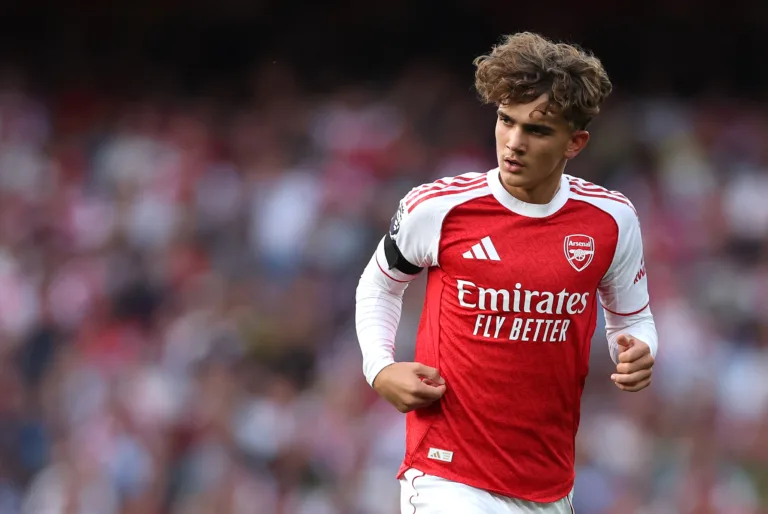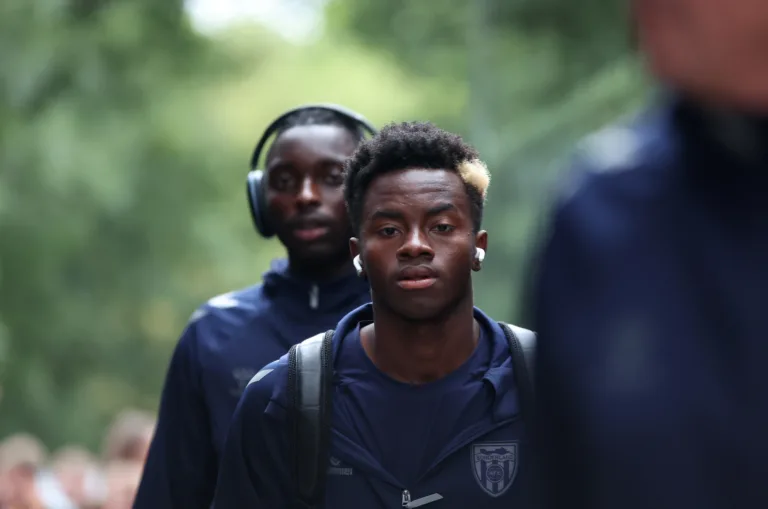A Dynasty Forged in Red: Isak, Slot and the New Order at Liverpool!
Liverpool’s pursuit of greatness has always been defined by moments of audacity, and in Alexander Isak, the club has unearthed a figure who feels less like a signing and more like a prophecy fulfilled. Tall as a tower yet gliding with the elegance of a dancer, Isak embodies paradox – the predator cloaked in silk, the assassin who thrives in shadows between centre-back and full-back before striking with devastating clarity.
His arrival is no ordinary addition; it is Arne Slot and Richard Hughes chiselling the first strokes of a new red dynasty, one forged to outlast and outshine Europe’s finest. Imagine the Kop rising as Salah draws defenders into his orbit, only for the Swede to emerge, unmarked, ghostlike, to deliver the fatal blow. He is Liverpool’s ace, their most aggressive weapon, the figurehead of a side not content with competing but intent on conquering, bending the coming decade to their will.
The Sword of Anfield has been unsheathed, and with it begins the dawn of Slot’s Red Dynasty. In Alexander Isak, Liverpool have found not just a striker, but the catalyst for the Rise of the Red Empire – a figure capable of turning fleeting moments into eternal glory.
From shadows to supremacy, he is the weapon that renders this team near invincible, the sharp edge upon which Europe’s balance of power may tilt. What follows is the anatomy of a footballer destined to define an era and a club intent on bending the next decade of football to its will.
Isak’s Profile and Skillset
Height: 6’4” but plays with agility uncommon for his size.
2024/25 Output: 27 goals (xG 20.42), 6 assists (xA 3.60) in 42 games.
Technical Strengths: Progressive carries (93rd percentile), successful take-ons (92nd percentile).
Finishing: Non-penalty goals 0.62/90 (88th percentile).
Link Play: 2.87 progressive passes per 90 (87th percentile).
Isak is comfortable peeling wide, often drifting left to carry the ball and combine. Despite his frame, he offers mobility, link-up play, and sharp ball-striking.

READ MORE: Nakata: How Hidetoshi Nakata Put Japan on Football’s Map
In Possession: Slot’s Potential Shape
Slot’s Liverpool could morph between 3-3-2-2 and 2-4-4 in possession.
Phase 1: Build-up
- Kerkez stays deeper to balance Frimpong’s advanced positioning.
- Frimpong pushes high, stretching the right flank.
- Van Dijk and Konate form the base, creating asymmetry.
Phase 2: Midfield Progression
- Wirtz starts from the left wing, cutting inside into the left half-space.
- Salah mirrors this from the right half-space.
- Isak occupies the left striker role, drifting to combine with Wirtz.
- Ekitike stays right-sided but can drop to link with Frimpong

Final Third Dynamics
In-possession dynamics in the final third hinge on carefully layered movements and role complementarities. Isak’s instinct to attack the inside-left channel – timing his runs between centre-back and full-back – creates the primary finishing outlet, but it is amplified by Wirtz’s ability to feed those runs with vertical passes or cutbacks from the half-space.
The interaction is deliberately asymmetrical: while Salah occupies the right channel, combining with Frimpong’s overlaps or delivering diagonals into Liverpool’s new No. 9, Ekitike functions as the structural anchor, pinning central defenders and forcing them into reactive positions.
This chain effect allows the striker to arrive unmarked in high-value zones, while the rotations between Salah and Frimpong on the far side stretch the block horizontally.
The balance between progression and penetration is thus preserved – Wirtz as the facilitator, Ekitike as the enabler, Salah as the gravity force, and Isak as the decisive executor – maximising Liverpool’s efficiency against compact defensive structures.
Out of Possession: 4-4-2 Mid-Block
Out of possession, the 4-4-2 mid-block reorients these dynamics into defensive discipline and collective coverage.
The Swede striker and Ekitike form the first pressing line, curving their runs to shepherd play wide and restrict access to central build-up lanes, an approach that forces opponents into lower-value areas where traps can be set. Behind them, Wirtz and Salah track back to create the second line of four, compressing horizontal gaps and limiting switches into advanced fullbacks. T
The double pivot of Mac Allister and Gravenberch underpins this structure, shielding central spaces and ensuring compactness between lines.
The tactical significance lies in duality: the same players who generate verticality and overloads in attack also form disciplined, zonal banks out of possession. This seamless interchange between fluid creativity and rigid structure is essential to maintaining balance – allowing Liverpool to be simultaneously expansive with the ball and difficult to dismantle without it.
Partnership Analysis
Isak + Ekitike
In a dual-nine structure, starting the Swede striker as the left striker and Ekitike as the right striker stretches the centre-backs horizontally while preserving the central threat. Both can drift wide to unbalance the line, but the key mechanism is Ekitike’s hold-up play: his 57th percentile aerial duel win rate allows Liverpool to access him directly under pressure, stabilise the second ball, and release Isak on the blindside.
On goal kicks and press traps, Ekitike pins and sets; Isak curves runs across the near-side centre-back, exploiting the vacated channel. In Slot’s 2-4-4, the left half-space becomes Isak’s finishing lane, with Ekitike toggling between the right half-space and central posts to keep the box occupied.
Counter-pressing triggers are clean: Ekitike jumps the first line, and Isak screens the pivot’s inside lane. The pair’s split runs improve crossing value, increase cut-back frequency, and diversify chance origins without compromising rest-defence.
Isak + Salah
This partnership is built on vertical wall passes and diagonal penetrations: Isak’s layoffs feed Salah’s diagonal runs from the right, while Salah’s regular double-marking creates isolation for Isak to finish across the near post.
Best practice is staggering heights: the right-back provides width, the right-sided eight supports beneath, and Isak anchors the inside-left lane to prevent crowding.
In settled possession, Liverpool should cycle to the right to draw the block, then rotate quickly into Isak’s channel, where his first-time combinations activate Salah’s inside-out acceleration. The noted concern – Salah’s deeper role in a mid-block reducing breakaway volume – can be mitigated by pre-setting Salah higher on turnovers and tasking Isak to screen the six, enabling immediate third-man releases.
Outcome: sustained chance quality via cutbacks when the block is set, plus preserved transition threat through pre-positioning.
Isak + Wirtz
Wirtz thrives feeding runners from half-spaces; the optimal pattern is Wirtz dribbling inside to commit the near pivot, then slipping Isak through on the blind shoulder. To avoid positional overlap when both attack the same channel, Liverpool should alternate heights and lanes: Isak pins between CB-FB on the left while Wirtz operates one line deeper, or vice versa with Isak dropping briefly to bounce and then spin behind.
The cue is simple: if Wirtz carries, Isak stays high; if Wirtz releases early, Isak drops to connect, creating a third man for the overlapping full-back. Against low blocks, micro-rotations (Wirtz underlap, Isak outside-to-in) increase passing angles for reverse balls; against high presses, Wirtz’s receive-on-the-turn breaks the first line and isolates Isak 1v1. Pressing cohesion follows: Wirtz jumps to the ball-side six, and Isak screens the centre-back lane, maintaining compactness while preserving immediate counter channels.
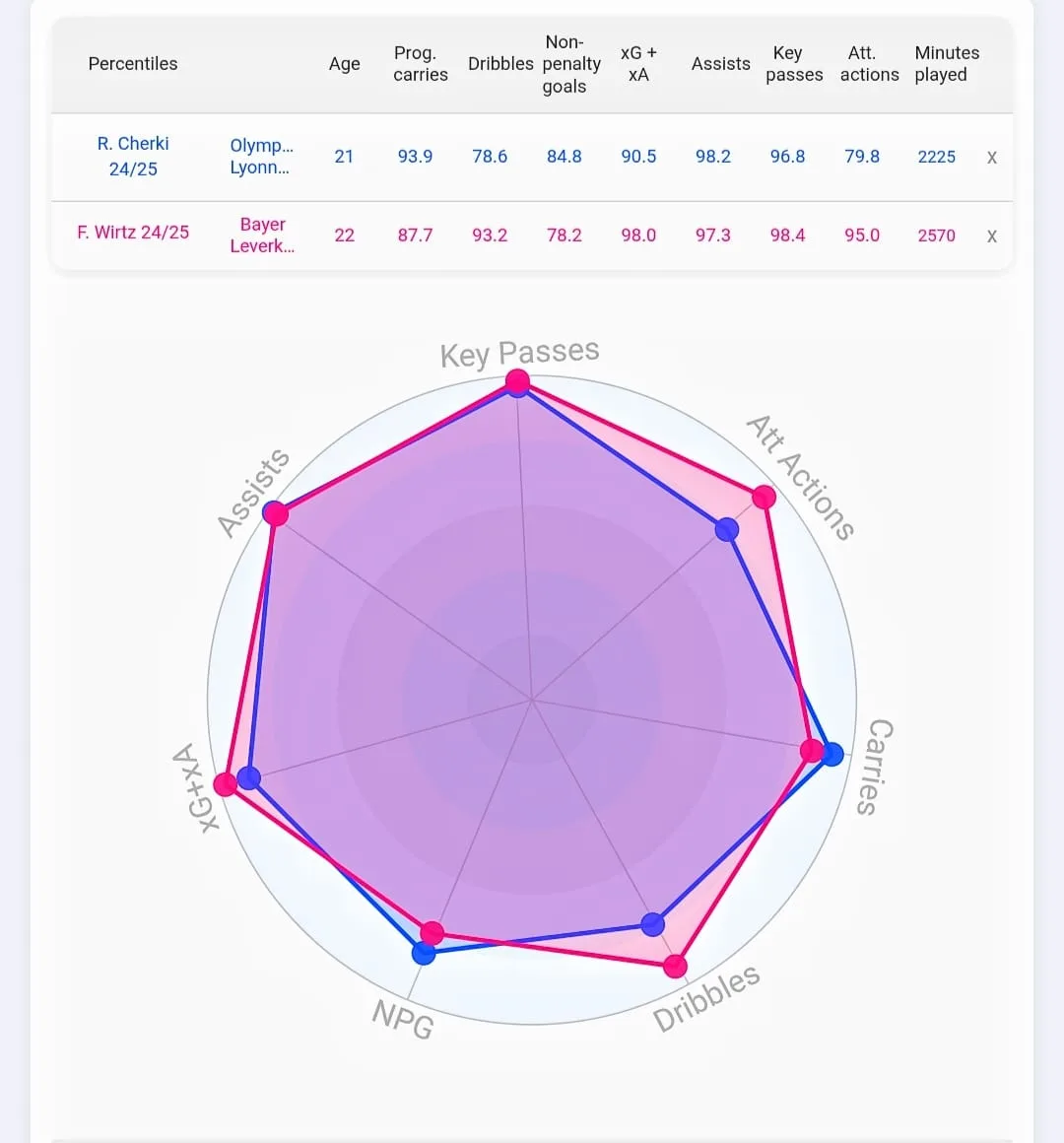
Tactical Scenarios: Pros and Cons
Scenario 1 – 4-4-2 Mid-Block
In a mid-block 4-4-2, the structural compactness and man-for-man frontline pressing can neutralise central creativity and force opponents wide, but it places a premium on the forward pairing’s complementary traits.
Pros: compact defensive shape; press triggers easier to choreograph across a front four; isolates channels for quick counters.
Cons: reduces Salah’s transitional venom unless specifically released; risks midfield overload if the press is bypassed; exposes Isak if he must act as both aerial outlet and finisher given his lower duel rates.
Solutions: deploy Isak alongside a physically robust partner (Ekitike) who serves as the primary aerial/hold-up outlet while Isak times blind-side runs into the box; assign clear pressing roles – Isak channels play laterally while Ekitike engages the direct outlet – so second-ball recovery is prioritised; when defending leads, morph situationally to 4-3-3 by dropping one winger into midfield to plug overloads and allow Salah to “cheat” higher in transitions with a pivot covering his vacated lane.
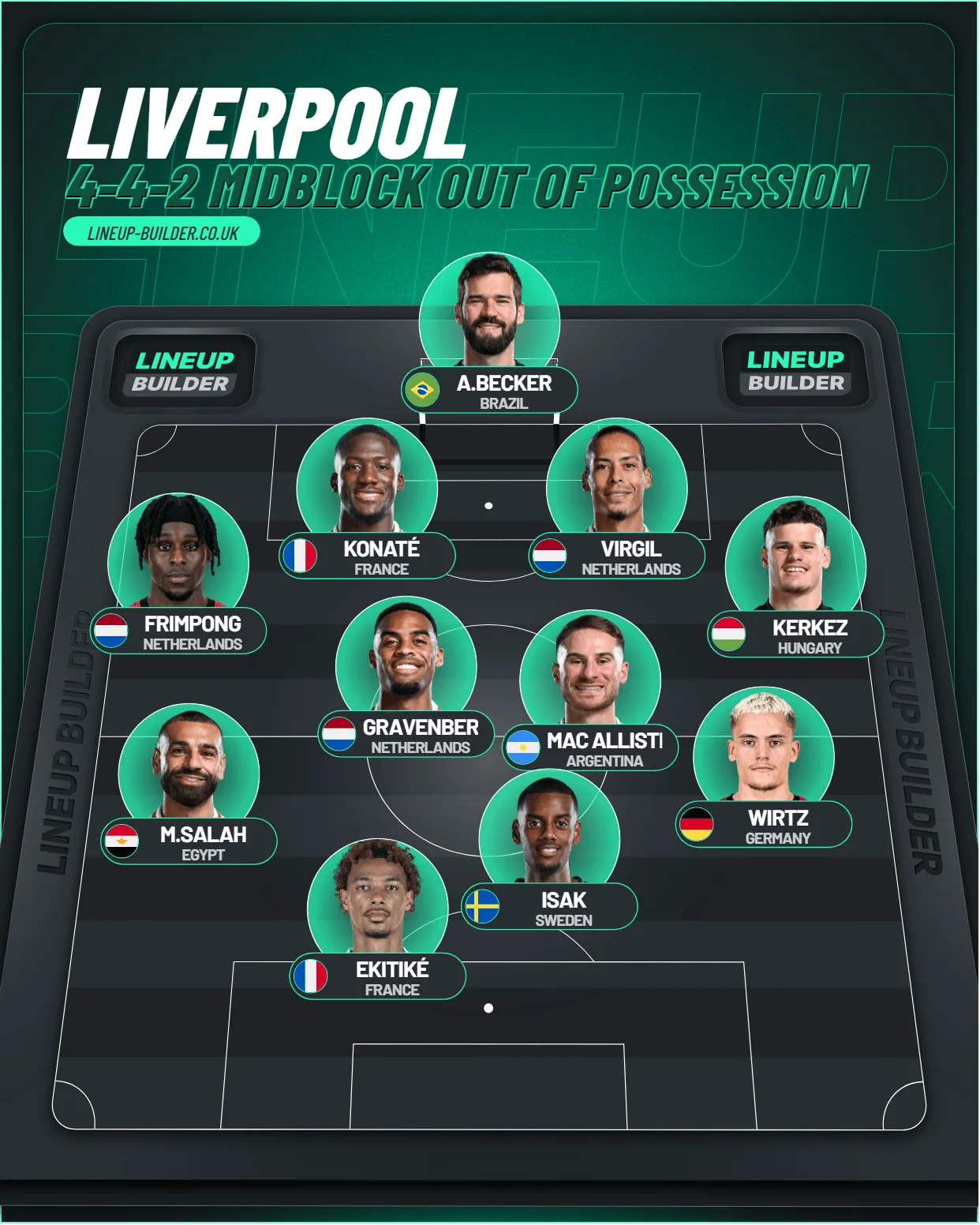
Scenario 2 – Asymmetric Build-up (3-3-2-2)
When building from the back with an asymmetric 3-3-2-2, the objective is control and high-value penetration through half-spaces; this maximises Wirtz-Isak linkups but amplifies vulnerability on the wide rebuild.
Pros: Frimpong’s width and verticality free interior channels; Wirtz–Isak combinations stretch the left channel and produce low-block openings; strong positional angles for diagonal switches.
Cons: Frimpong’s advance invites rapid counters on his flank; Kerkez must show disciplined covering or the structure collapses on turnovers; potential positional overlap between Wirtz and Isak if roles aren’t staggered.
Solutions: Kerkez holds deeper as a secondary pivot while Van Dijk slides to cover the wide half-space, enabling Frimpong to invert without surrendering counter lanes; programme micro-roles – Isak either stays high as a finishing runner or drops to create a false-nine angle while Wirtz operates deeper as the principal carrier and passer; midfield pivot shifts to plug the right half-space on Frimpong’s incursions and use rapid diagonal switches to relieve pressure and reset the asymmetric overload.
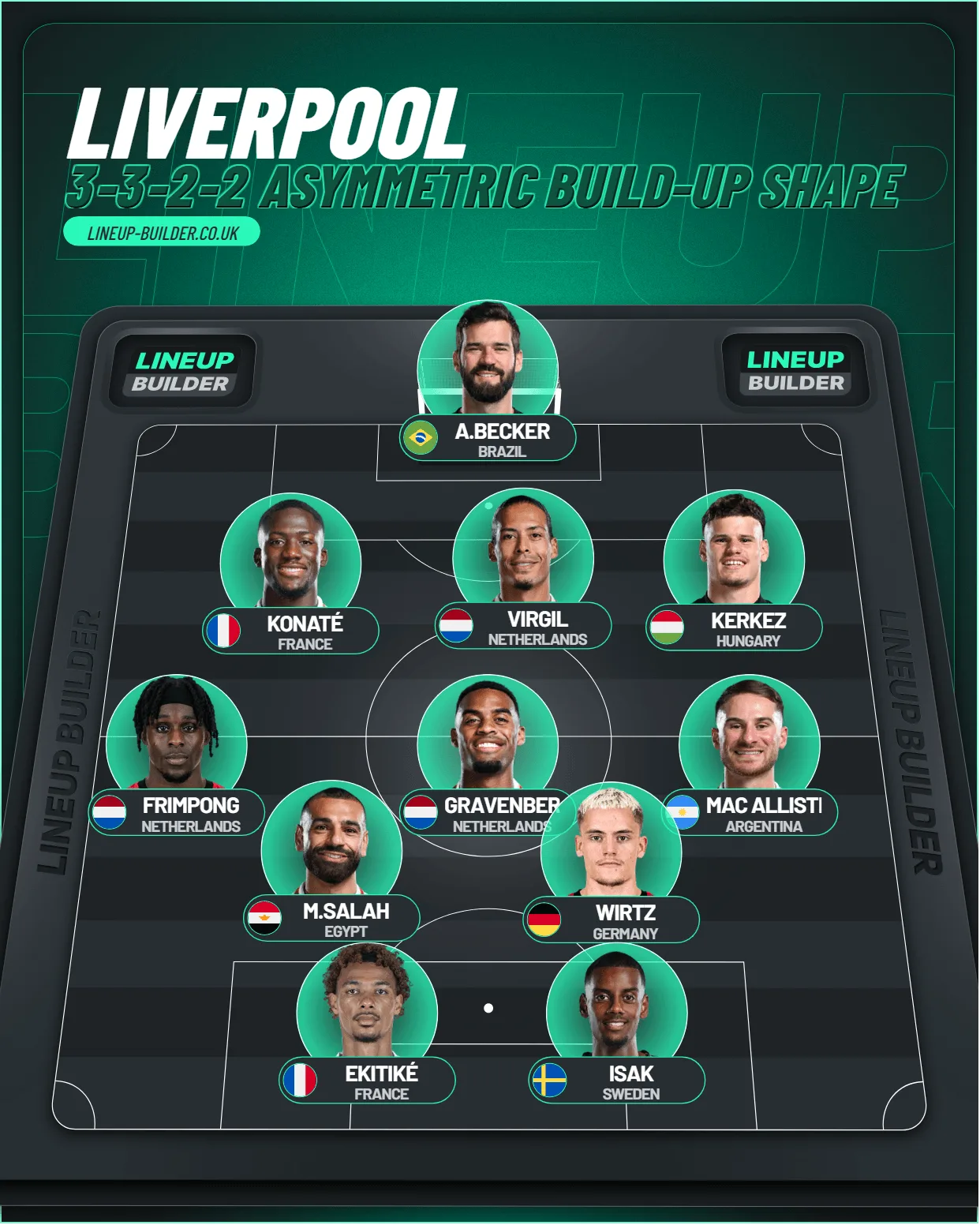
Scenario 3- 2-4-4 Attacking Wave
Committed to an all-out attacking wave, Liverpool aim to choke the final third with interchangeable threats; the formation rewards Isak’s timing and finishing but magnifies transitional risk.
Pros: overloads the box and forces defenders into chaotic marking; Isak’s drifting runs create cleavage and high-quality finishing opportunities; increases cut-back and third-man combinations.
Cons: large midfield-defence vacuum on turnover; sustained pressing and attacking rotations increase fatigue; twin-striker lines risk both forwards being ahead of the ball and nullifying midfield support.
Solutions: maintain two disciplined cover players (a deep pivot plus a rotated full-back drop) to absorb counters; rotate the attacking four’s pressing triggers so one attacker always remains between midfield and defence to win second balls; stagger striker depths – one (Isak) times near-post/late runs while the other occupies and wins aerials or holds – preserving immediate transitions and reducing the gap between lines; managing minutes and conditioning protocols to mitigate fatigue from repeated high-intensity waves.
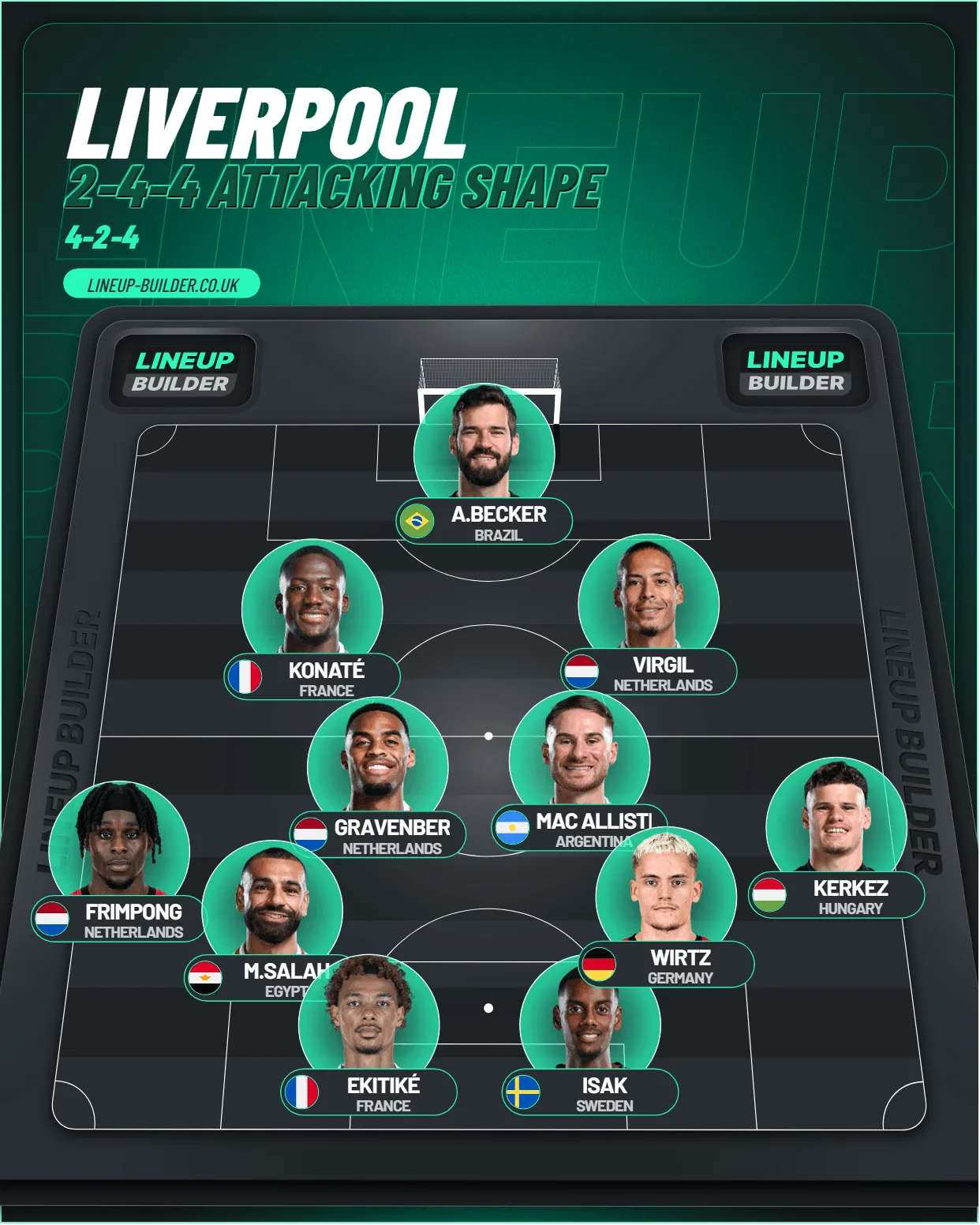
Why Isak Can Lead the Line
Versatility: Can play as a left striker, false nine, or central target.
Ball Progression: High percentile in carries and take-ons.
Finishing Reliability: Overperformed xG last season.
Combinations: Connects fluidly with wide and central players.
Isak’s ability to both create and finish chances makes him central to Slot’s vision. His presence allows Liverpool to diversify attack patterns, exploit half-spaces, and threaten both in settled play and transitions.
Final Word
Thus when the dust settles, in Alexander Isak, Liverpool have not simply signed a striker – they have armed themselves with a weapon capable of redrawing the map of European football.
He is the paradox made flesh: a forward who towers at 6’4” yet moves with the grace of a playmaker, who drifts into half-spaces like a shadow before striking with the precision of a marksman.
Slot and Richard Hughes have not just built a squad – they are crafting an empire, and Isak stands as its sharpened blade. With Salah’s gravity-bending defences, Wirtz’s orchestration threading passes, and Ekitike’s presence pinning markers, Isak emerges as the executioner, the figure who makes Liverpool’s layered attacks near impossible to contain.
Out of possession, his pressing intelligence binds the structure; in possession, his timing shatters it. This is more than a marquee transfer – it is a declaration that Liverpool are not here to compete but to dominate, with Isak poised to etch his name among the immortals.



